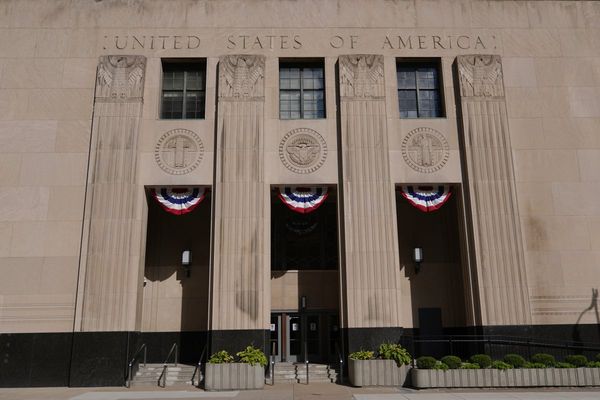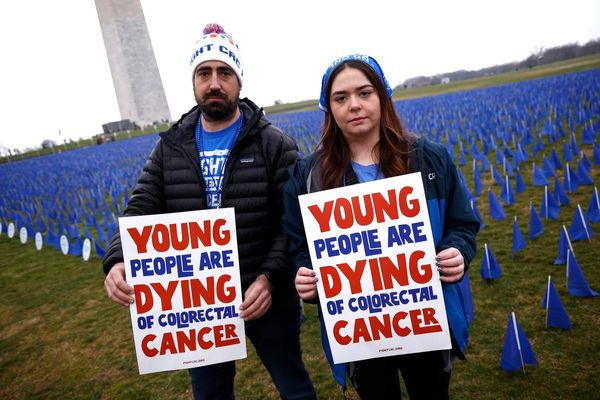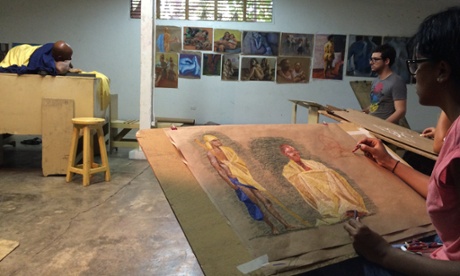
On a recent afternoon in the city of La Romana, in the Dominican Republic, teenagers hawked fish and soft drinks outside a beachside bar. Merengue music blared from the sound system, and groups of young people lounged about sipping coconut juice.
Just across the Rio Dulce the contrast couldn’t have been more stark: in a darkened classroom, students from equally humble backgrounds sketched a man in a blue toga splayed out on a yellow block. They worked so intensely that the sound of chalk moving across paper drowned out the whirl of a fan above.
This is the Altos de Chavón School of Design, an art college founded in 1984 by American billionaire Charles Bluhdorn, whose conglomerate owned everything from Dominican sugar plantations to Paramount Pictures. Bluhdorn’s idea was to bring this country’s poorest and richest students together and teach them the fine arts. Though the school has proven that equal education can yield talented artists regardless of social class, it remains an exception in a nation plagued by unequal access to education.
The campus – a pastiche 16th-century Italian village created by one of Bluhdorn’s set designers from Paramount Pictures – sits on a mountaintop overlooking the Chavón River. Teens who grew up without running water study alongside some of their country’s richest citizens. Yet it all seems to be working out: rich and poor students can be seen pairing off on classroom projects, and after graduation some have even gone into business together.
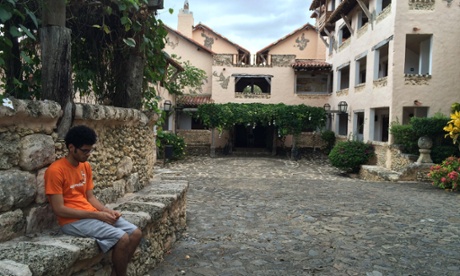
“The social experiment that’s going on in this school is something that’s only happening here,” said Dominique Bluhdorn, who carries on her late father’s work as the school’s president and chief benefactor. “For one thing, all the kids live together in dorms. That’s not something that happens in this country. Initially, it was very traumatic for parents – both rich and poor – to send their kids here.”
The college offers two-year associate’s degrees. About 10 graduates per class continue on to Chavón’s partner university, Parsons The New School for Design in New York, on full scholarships.
Though many of the tuition-paying students seek out the school, Chavón’s admissions board has tended to go out and look for its lower-income candidates.
“When we do admissions recruitment, we have the capacity to see who has potential,” said Carmen Lorente, the school’s program director. “Not necessarily everyone who enters the school automatically draws and paints at an artistic level. But we can see their potential, and then we work with them to develop their talent.”
One such student is Rosalyn Paulino, who grew up in humble circumstances in Santo Domingo. Lorente calls the fine arts major one of the school’s most promising artists.
“I knew I wanted to be an artist when I was four or five years old,” Paulino said. “I basically spent all my time drawing, and decided when I was 11 that would study art.”
Her story is an exception in the Dominican Republic. The country’s private universities are generally out of reach for low-income applicants, and an ambitious public school reform program begun in the early 1990s has stalled, according to Marcela Gajardo, a Chilean education expert who has monitored the country’s progress for Unesco (pdf).
“The government has invested a lot of effort in improving the equality of education,” Gajardo said. “But they are not obtaining the results that should be expected.”
Gajardo says failed poverty reduction programs and widespread economic inequality have meant that 30% of people ages 15-24 in the country have not completed primary education (pdf).
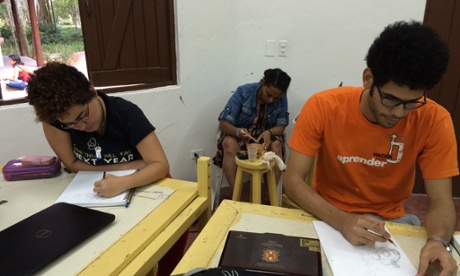
The problem hasn’t gone unnoticed. Last year saw the resumption of Santo Domingo’s “yellow umbrella” protest movement, which calls on the government to increase educational spending from 2% to 4% of GDP.
Until that happens, however, philanthropic groups – many from abroad – are taking up the slack, particularly in the arts.
For Dominique Bluhdorn, this has meant trying to convince Dominican elites – many of whom would rather see charitable giving geared towards building roads and hospitals – that arts and design education can benefit the economy.
“It’s hard to convince people that for under $4,000 per student per year, you can help revolutionize this country,” Bluhdorn said. “But that’s the argument we’ve made over the last 30 years.”
Though hundreds of the school’s graduates have continued their studies and then settled abroad, most of Chavón’s nearly 2,000 graduates have remained here, and have come to form the core of this country’s nascent design, fashion and arts community.
Rosalyn Paulino, for her part, says she hopes to follow in their footsteps and win a scholarship to study in the United States.
“But then I want to come back too,” she noted. “We have limits here, but that’s an advantage. We look at art differently. And I want to show people that with my work.”

